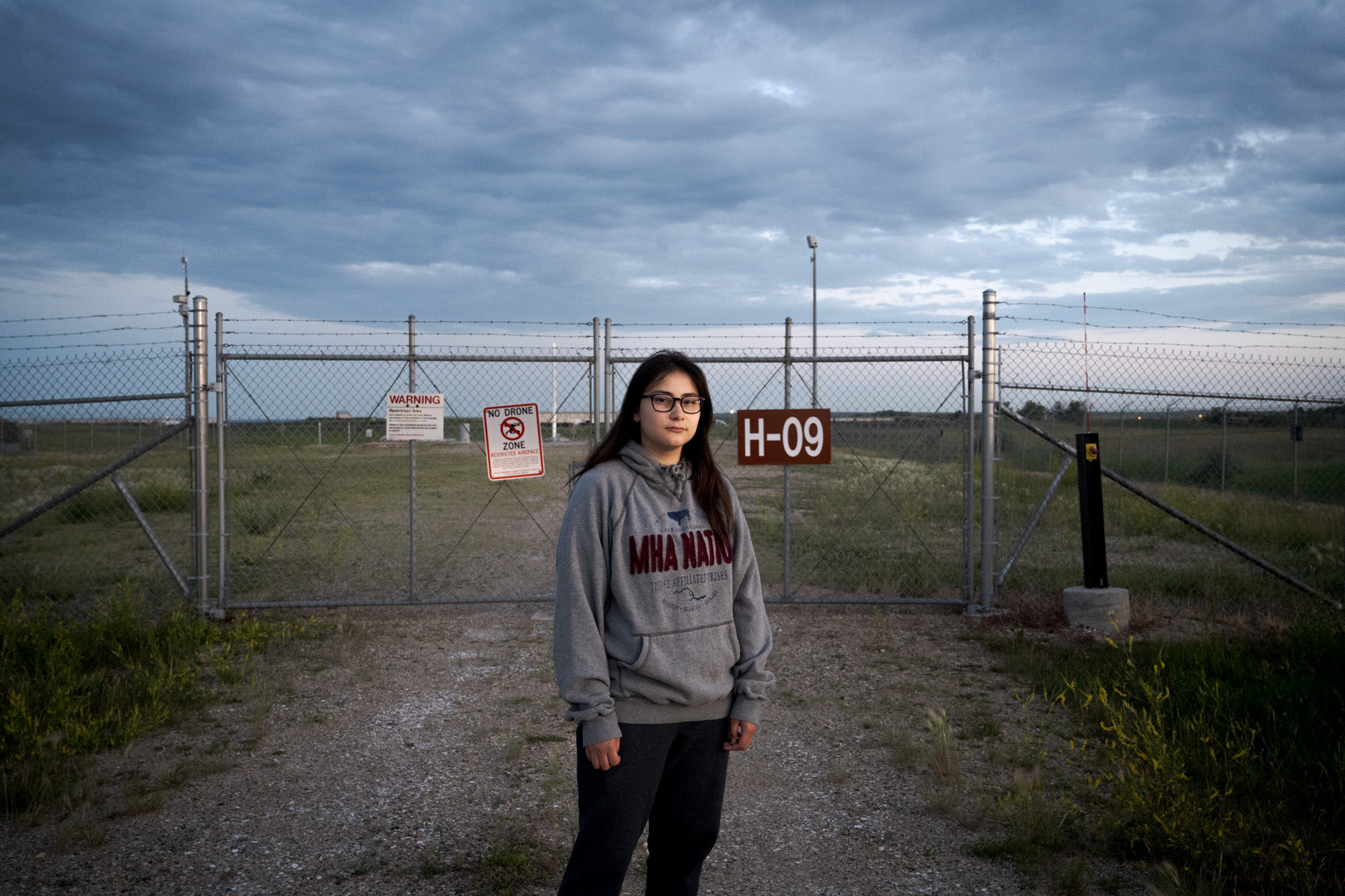November 14, 2023
The Program on Science and Global Security (SGS), part of Princeton’s School of Public and International Affairs, released The Missiles on our Land, a project focused on the risks posed by plans to maintain and modernize the US fleet of Intercontinental Ballistic Missiles (ICBMs) deployed in silos in the Mid-West. The project includes a podcast series, a documentary film, photography, and three articles in the December 2023 issue of Scientific American.
SGS researcher Sébastien Phillippe who organized and led the project used state of the art software and daily real-weather data for 2021 to calculate for every day of the year the radioactive fallout if the missiles and silos were attacked by an adversary’s nuclear weapons. There are 450 ICBM silos spread across Colorado, Montana, Nebraska, North Dakota, and Wyoming, of which 400 hold nuclear-armed ICBMs. Plans call for all these missiles to be replaced over the next decade by new next-generation Sentinel missiles that will be in operation for 50 years or more.
Philippe found the effects of an attack on the ICBMs and silos would be felt throughout the United States, Canada, and Mexico, with one to two million people likely to suffer fatal radiation exposure and 300 million people at risk of possibly lethal fallout depending on the day of the attack, their location, and the weather. The analysis builds on work by SGS co-founder Frank von Hippel in 1976 and 1988 on assessing civilian deaths from attacks on silo-based missiles and other military targets.
The research also included reviewing Air Force documents including the Sentinel Environmental Impact Statement, interviews in Washington DC, North Dakota, Montana, Wyoming, Colorado, Nebraska, and New Mexico with nuclear weapon experts, military officials, and members of the public, including those living near the missile silo fields.
The project website includes an interactive map Under the Nuclear Cloud to explore the fallout consequences across North America of nuclear strikes on US missile silos. It is produced together with Katie Watson of the Brown Institute for Media Innovation in Columbia’s School of Journalism. The website also highlights the limits of the Sentinel Environmental Impact Statement and the larger social and economic costs of the ICBM modernization plan, and the related program to make new plutonium pits for the Sentinel nuclear warheads, with photography by Nina Berman from the Columbia School of Journalism.
Fallout is a 24-minute video documentary directed by Nina Berman and Duy Linh Tu from the Columbia School of Journalism and produced by Jeffery DelViscio of Scientific American. It unpacks the story of nuclear weapons in the American West, including the legacy and dangers of plutonium pit production.
The Missiles on Our Rez is a five-part podcast by Ella Weber '25, a SPIA undergraduate student from the Three Affiliated Tribes of the Fort Berthold reservation in North Dakota. It explores the story of the only Native American tribe to host nuclear weapons. Weber is part of Nuclear Princeton, a group of Native American students at Princeton supported by SGS and SGS-affiliated faculty Ryo Morimoto, working to explore the impact of the nuclear age on indigenous communities.
The Missiles on our Land is an SGS collaboration with Columbia University’s Journalism School, Scientific American, and Nuclear Princeton.
